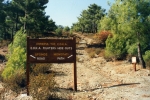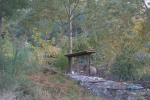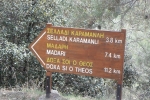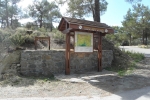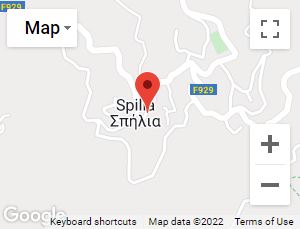Spilia-Kourdali are found in the heart of the forest “Adelfoi”. The two villages are found in the middle of one natural mountainous green “amphitheater”. Only few villages in Cyprus have such dense natural green landscape as Spilia-Kourdali. The river Atsas springs from Spilia and then crosses Kourdali. A tributary of the river Klarios springs westwards of Spilia and crosses the region of Solea. Over the length of the valley of Atsas and Klarios there are areas with fruit trees and vegetables. The main however trees of the rivers are the walnut trees. The walnuts of Spilia are very famous in Cyprus. The walnut trees are the beloved shelter of the nightingales and as it is said by a poet “they don allow you to sleep” during the spring season.
Above these areas there are vines with many almond trees. During spring, the view created by the almond trees that surround Spilia is magic. Above the vines there are dense forests. In the forests you can find rabbits, partridges, pigeons, jaybirds and other smaller birds. During winter, the kossifes (black birds), the “tzikles” and “kalogiannoi” set up a frantic dance. If you make a tour in these forests that surround Spilia-Kourdali you can find abandoned settlements and ruins of churches.
Very Old Trees
At Spilia-Kourdali there are very old trees of various types that the residents love and protect. The pine of Agios Antonios of Spilia that is simultaneously the belfry of the old church. The walnut tree of “Pouxiourina” in the locality Karydi that is the oldest of Cyprus and it is protected. The oak trees at the ground of “ARIS” Club of Spilia and the beautiful “Oak of Anemourkon” in the homonym locality, that is found in the valley of the river Atsas. The “Fig tree of Mersinia” in the homonym locality of the valley of the river Atsas. The two “Olives of Virgin Mary” that are found in the courtyard of the temple of Virgin Mary at Kourdali.
Climate
The climate in our community is dry and cool during summertime and cold during winter. It is a very healthy climate and for this reason it had been proposed during the English domination in order to built a Sanatorium, something that was rejected by the residents. Doctors recommend the climate of Spilia-Kourdali to people having problems with arthritics or chest problems. During winter there is enough rainfall in the region. Snowing is a frequent phenomenon at Spilia-Kourdali and the view is beautiful. The stoves of woods and the fireplaces are in continuous operation from the end of October up to the dues of March and the heat-friendly atmosphere around them is fantastic.
Paths of nature
From Spilia-Kourdali, they begin some paths of nature that were created with a lot of assiduity and imagination by the Forest Department. These paths are:
1. Kourdali-Agia Eirini Kannavion
It begins from Kourdali and goes up to the small valley of “Grammaticou” and reaches the locality of “Straorouthkia”. From there it goes down to the graphic hamlet of Agia Eirini Kannavion. Substantially it is the path that was used to link, a lot of years ago, the two villages.
2. “Limeria” of EOKA
It connects the dens of EOKA in the ridge of the village Kourdali. It is an exceptional path with an amazing view from Nicosia up to the gulf of Morfou. From here you can see the ridges of Olympus and Madari. This path begins from the point where the headquarters’ street ends.
3. Black Forests
It begins from the crossroad that connects Spilia with the neighboring villages Kannavia, Lagoudera and Kyperounta, known as “Moutti tis Choras”. The path goes down to the village Kannavia passing from the valley of the region “Kastania” with the dense forest from “Latzies”(forest tree) and because of its very deep green color, it took the name “Black Forests”.
4. Madari
It begins from the locality “Doxa soi o Theos” and goes up to the ridge of the mountain range of Madari, which it surrounds. It is an amazing path of wild beauty and of exceptional view of the entire region of Pitsilia.
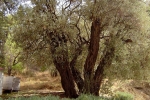
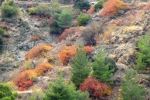
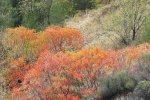
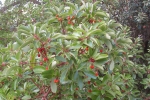
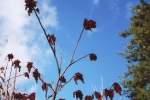
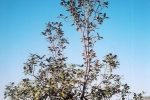
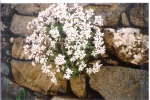
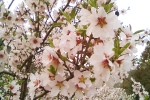
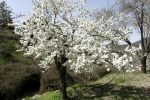
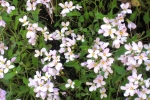
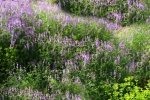
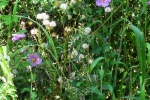
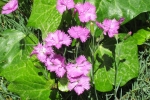
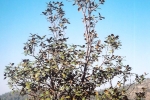
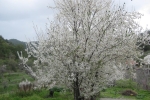
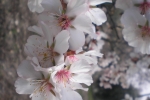
Αndreas Chrysanthou
17/05/04

